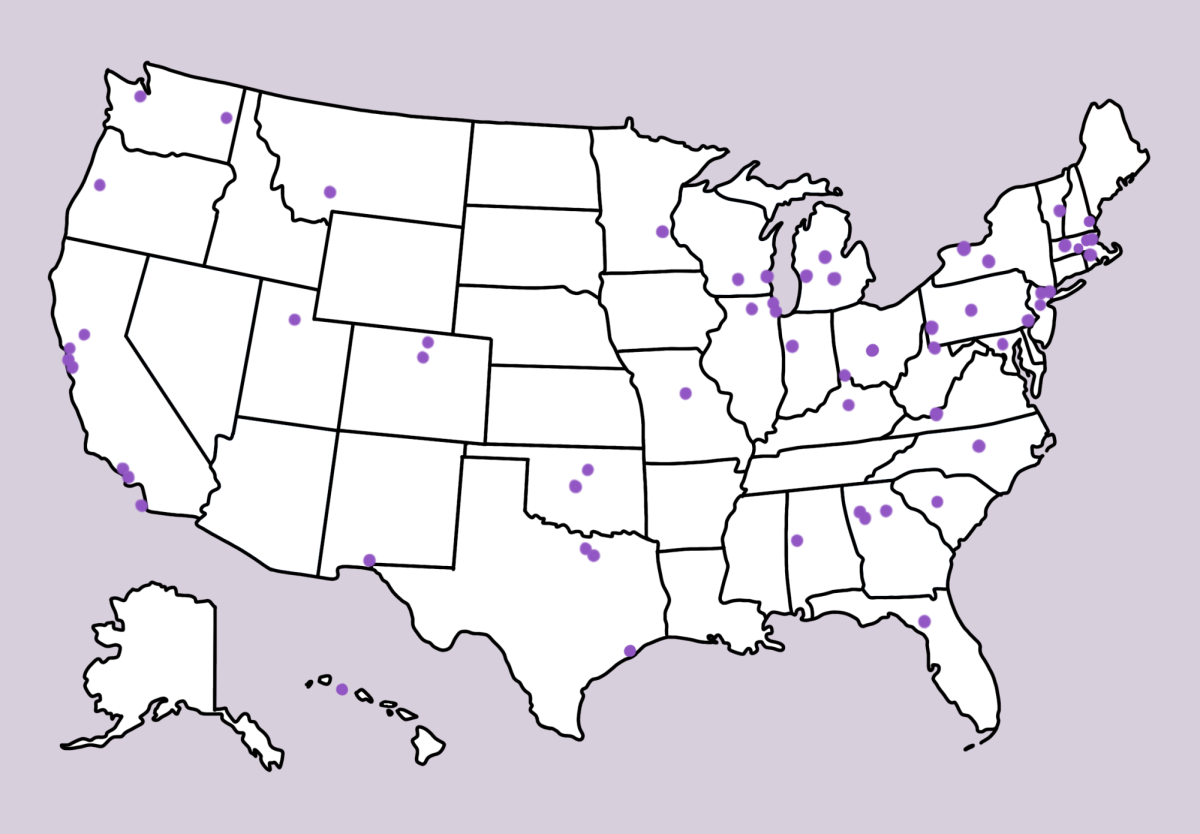The English department reverted to a traditional grading system after four years of using a 4-point scale, according to department co-chairs Melissa Murphy and Mary Dhyne. The shift, which took effect this school year, marks the end of a grading model introduced in 2020 to emphasize equity and skill development over point accumulation.
“After a lengthy discussion, our con list was so much longer than our pro list, the answer was clear that we needed to change back,” Murphy said.
Unlike the traditional scale, the 4-point system doesn’t require teachers to grade students from a 0-100 scale where there are hundreds of different performance-based levels students can meet. Instead, it allows teachers to assign grades from numbers 0ne to four.
“We started talking about the 4-point scale back in 2020 to create equity among students,” Murphy said. “The world language department had been using it for a while so [English] classes started implementing it to see how it went.”
The expectation is that teachers assess students often on various learning modes, which is why the scale works so well for world languages. However, in English, essays are written almost every six weeks and it takes teachers much longer to give feedback.
“I thought it worked really well with the freshman [at first], and eventually I think each grade level kind of adopted it,” Murphy said. “We wanted to move the discussion about skills as opposed to points in a grade. We wanted students to have the language to talk about what they’re learning and what they can do to improve their writing.”
Even though senior Alejandro Pineda Wright noted he too didn’t pay much mind to how he was evaluated, he offered that feelings surrounding the system are subjective as it appeals to a certain “type” of student.
“It narrows down a student’s grade to a specific skill set, although I do think that [the 4-point scale] makes it easier for the students who excel during essays and projects,” Pineda said.
Senior Evangeline Scott noted the differences between the 4-point scale and a traditional one often created frustration and confusion for students.
“Because so many of us have grown up getting a percentage it’s kind of a difficult shift, because when you see a two, you’re like ‘oh my god this is so scary’. But in reality it’s a passing grade and not what a 50% would be on a percentile grading scale,” Scott said.
While the 4-point scale has its benefits and makes it easier for teachers to help struggling students, its lack of transparency and fairness makes it difficult to implement in courses like English.















































